If you have been considering getting an infrared heater for your home, but are not sure what it is, then this post is for you! Infrared heaters are a great alternative to traditional heating methods.
They are more energy-efficient and often come with the added benefits of improved air quality and increased moisture in the air. In this blog post we will cover everything you need to know about infrared heaters so that you can decide if they are right for your home!
[amazon box=”B077JM5PB9″]What Is the Infrared Heater?
The infrared heater is a type of heating device that moves heat from one place to another without warming the air. The best part about these devices is they do not make the room warmer, they simply move the heat, so you do not have to worry about sweating or feeling too hot.
Infrared heaters do not just release heat into the air, they emit infrared waves that transfer their energy to objects. This means you can get more heat for your money since less of it is lost through convection currents and instead transfers its energy without generating any additional temperature on surfaces in a room.
How Does It Work?
Infrared heaters work by emitting electromagnetic waves that have a higher frequency than those emitted by traditional heating methods. Infrared waves can be better absorbed by many surfaces, including human skin and are better at retaining the heat they capture. This makes infrared heaters an effective option for heating up larger areas with no need to worry about lost heat through convection currents.
Types Of Infrared Heaters
There are many different types of infrared heaters available. Oil-filled models work best for providing a comfortable warmth and dry air, while ceramic vs infrared heater units offer the most energy-efficient option with no worries about potential fires or chemical emissions. If you are looking for an easy-to-use personal heater that is convenient to take on the go then an electric model might be the best option for you.
How Does This Make Them More Energy Efficient?
Infrared heaters are more energy efficient mainly because they emit infrared waves which penetrate much deeper into objects than other wavelengths. This means that the object is warmed up faster and at a higher temperature, so it does not need to be heated for as long or with as high of an intensity!
Benefits Of Using an Infrared Heater
- Infrared heaters are the perfect choice for those living in a humid climate as they will naturally increase moisture levels.
- They offer more control over temperature and heat distribution than other heating methods.
- They are also great for people with allergies or asthma because they emit particles that cannot be seen and breathed into the body like other forms of heating!
- Alongside this, an infrared heater will help to purge your home of toxins which could lead to a healthier living environment.
- Furthermore, these types of units can be used to dry clothing as well as provide warmth and comfort.
Drawbacks Of Infrared Heater
- The infrared heaters do not use clean technologies and they often need to be turned off and on when you want to change the temperature.
- This can cause an unnecessary amount of power consumption, which is worth mentioning because it is a significant factor in deciding whether to buy one.
- Cool air will always flow from higher areas to those that are lower, meaning the air in front of an infrared heater will always be cooler than those directly behind it.
- The infrared heaters also emit a lot of moisture into the air, and this can lead to mildew growth on surfaces throughout your home.
- They also cannot be used in conjunction with forced air or radiant flooring systems and require ventilation above them if used in an enclosed space.
How Much Do They Cost?
Price is a big factor for many of us when we are deciding whether to buy something. Generally, an infrared heater will cost anywhere from $80-300. If you are price-sensitive, there are plenty of options that will not break the bank. For those looking to save a bit more by purchasing on sale, it is possible to find some infrared heaters for prices below $100!
The Benefits of Using an Infrared Heating System Vs Other Type of Heaters
Infrared heaters offer many advantages over traditional heating methods, including improved air quality and increased moisture in the air. The technology used to create these units also offers more precise warmth which can improve comfort levels.
They are much more energy-efficient than other types of heating and do not require any combustion so there is no risk of fire. Having an infrared heater in your home can also lead to lower energy bills!
Infrared heaters are a great option for homes with pets or anyone who wants a healthier air quality because they emit fewer dust particulates than other types of heating methods.
Frequently Asked Questions About the Infrared Heater
Is Infrared Heating Safe?
The infrared heater is as safe as any other type of heating because it does not use any combustible materials or require combustion. The only time there can be a safety risk is if you leave a window open to the room containing an infrared heater which will allow cold air from outside to enter the room.
How Long Do Infrared Heaters Last?
It is difficult to say how long infrared heaters last because it is highly dependent on the quality of the unit and if you have any pets inside your home. There are infrared heaters that will last for 5 years or more, but there are also some which will only last for a year or two.
Conclusion
Infrared heaters are a great alternative to traditional heating methods and provide the added benefit of increased moisture in the air!
They are also more energy-efficient, which means they will save you money on your electric bills too!
This device is perfect for those living in humid climates because it naturally increases moisture levels along with other benefits such as improved air quality.
The only drawback to infrared heaters is that they are not suitable for larger homes and require ventilation above them when used in an enclosed space.

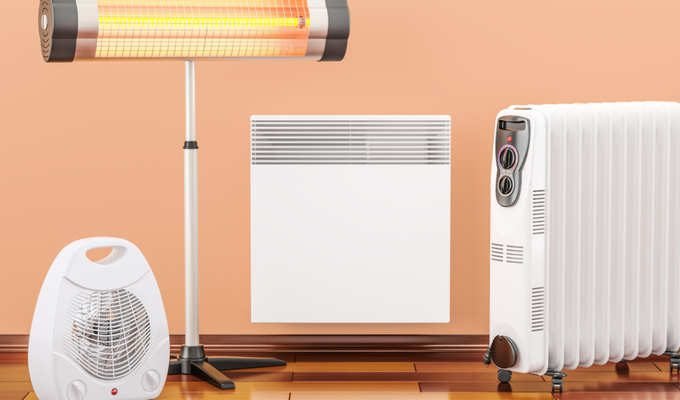
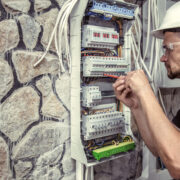

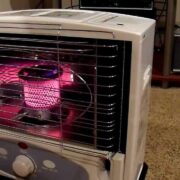
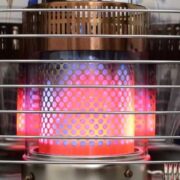



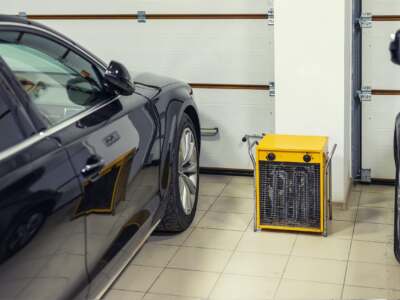


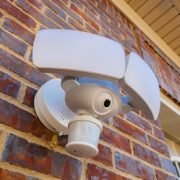
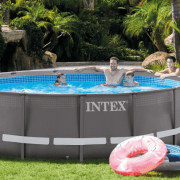
Comments